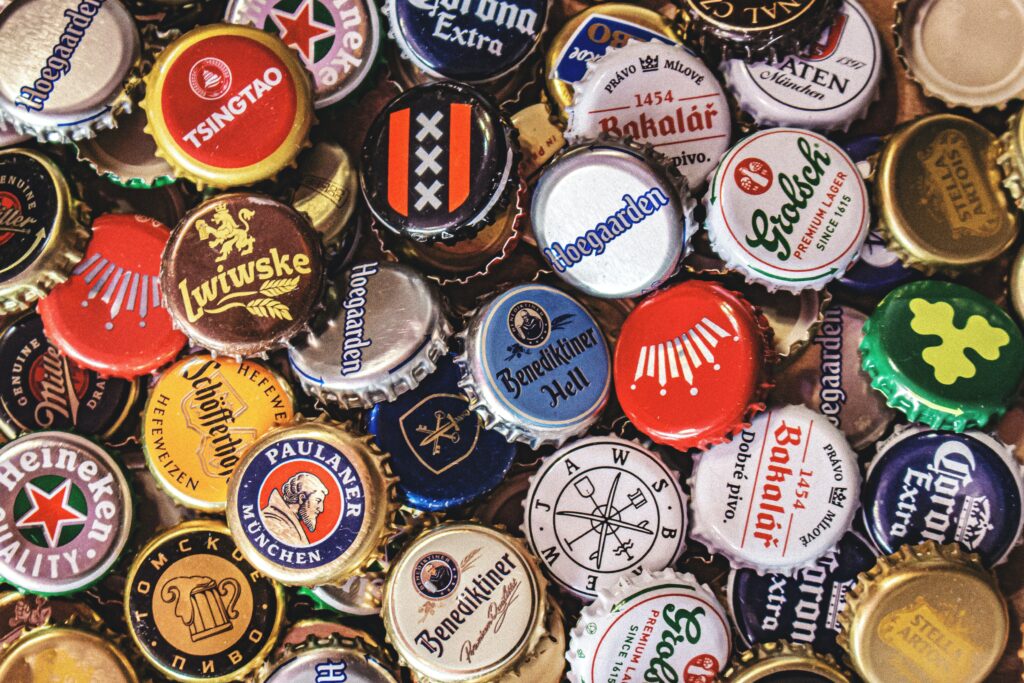
Cueto Law Group, P.L. assists clients with protecting their intellectual property, which is critical to protecting your brand and reputation. Although there are various ways to safeguard your IP legally, we will look specifically at trademarks. (Copyrights are for artistic works, and patents are for inventions, tech, and ideas.) When people discover the power of holding a trademark, their next question is what they cover and whether they can obtain one.
Trademarks cover symbols, phrases, and designs representing your company, brand, and values. When you walk into a store with a Starbucks logo, you have an established expectation of what the coffee will taste like, how the shop will be laid out, and the type of service to expect. All of these concepts are relayed to you through a very specific logo. If someone were to use that logo without the company’s permission, all while delivering an inferior product, the reputation that Starbucks has cultivated could be threatened.
How Do I Get One?
The first step is finding an attorney to assist you with this process. For instance, how can you be sure that someone hasn’t already trademarked what you intend to trademark? Names are significantly more straightforward to search than symbols or designs. Your attorney can help you with the latter. The United States Patent and Trademark Office (USPTO) has an electronic search system. Before you choose a name for your company, ensure that it isn’t in use. Additionally, you need to search for names similar to the name you want to prevent someone from accusing you of infringing on their mark.
Can I Get a Trademark?
Trademarks are a form of legal protection, enabling you to take action against those who use your mark without permission. The other side is that the USPTO won’t approve your mark if it isn’t unique enough. Granted, that’s not very specific, so let us elaborate. The strongest types of marks are arbitrary, meaning there’s no direct connection between the name and the company. For example, Apple doesn’t sell fruit or food, and Shell has nothing to do with the beach.
Additionally, words such as Google, Rolex, and Pepsi have been made up. These are also strong, and they are referred to as fanciful marks. The last type of trademark we will go over is a suggestive mark. The name implies a link between a product/service and the name, but it may need clarification. Netflix combines “internet” and the slang term “flicks.”
Protect Your IP
As soon as you begin using your name (and document it), you will have common-law rights, but these are restricted to your immediate geographical area. When you have a trademark that the USPTO has approved, it prevents anyone else in the country from using it if they sell similar products or services. To learn more about how to protect your intellectual property, contact Cueto Law Group to schedule your consultation.



